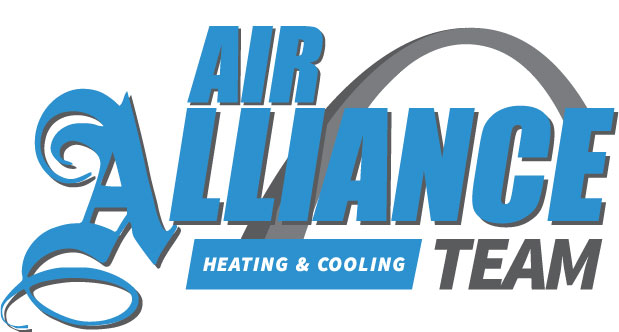
You might not think much about how your air conditioner operates, but it needs refrigerant to keep your residence fresh. This refrigerant is controlled by environmental regulation, since it contains chemicals.
Based on when your air conditioner was put in, it may require R-22, R-410A or R-32 refrigerant. We’ll go over the differences and which air conditioner refrigerants are being phased out in Ballwin and St. Charles, plus how these phaseouts affect you.
What’s R-22 and Why Is It No Longer Being Made?
If your air conditioner was put in before 2010, it probably contains Freon®. You can learn if your air conditioner has it by calling us at 636-206-4584. You can also look at the name plate on your air conditioner condenser, which is located outside your residence. This sticker will contain details on what kind of refrigerant your AC has.
Freon, which is also called R-22, contains chlorine. Scientists consider Freon to be bad for the earth’s ozone layer and one that leads to global warming. The Environmental Protection Agency, which controls refrigerants in the United States, outlawed its creation and import in January 2020.
I Have a R-22 Air Conditioner. Should I Replace It?
It varies. If your air conditioning is running as designed, you can continue to use it. With yearly air conditioner maintenance, you can expect your air conditioning to last around 15–20 years. However, the Department of Energy reports that removing a 10-year-old air conditioner could save you 20–40% on yearly cooling expenses!
If you don’t replace your air conditioner, it can cause a problem if you have to have air conditioning repair later on, specifically for refrigerant. Repairs might be more expensive, since only limited amounts of recycled and reclaimed R-22 is accessible.
With the phaseout of R-22, a lot of new air conditioners now have Puron®. Also referred to as R-410A, this refrigerant was created to keep the ozone layer healthy. As it requires a different pressure level, it isn’t compatible with air conditioners that need R-22 for cooling.
However, Puron still has the likelihood to create global warming. Because of that, it could also ultimately be phased out. Although it hasn’t been mandated yet for residential air conditioners, it’s anticipated sometime this decade.
What Refrigerant Will Take the Place of R-410A?
In preparation of the end, some brands have begun using R-32 in new air conditioners. This refrigerant ranks low for global warming potential—approximately one-third less than R-410A. And it also reduces energy use by approximately 10%, according to the Intergovernmental Panel on Climate Change’s Fourth Assessment Report. That’s savings that might be forwarded on to you through your cooling bills.
Air Alliance Team Can Help with All Your Air Conditioning Needs
In short, the modifications to air conditioner refrigerant probably won’t affect you very much until you need repairs. But as we discussed beforehand, repairs connected to refrigerant can be more costly due to the reduced levels that are accessible.
Not to mention, your air conditioner frequently breaks down at the worst time, frequently on the muggiest day when we’re getting many other calls for AC repair.
If your air conditioner relies on an outdated refrigerant or is getting old, we advise getting an up-to-date, energy-efficient air conditioner. This delivers a hassle-free summer and could even lower your electrical bills, especially if you choose an ENERGY STAR®-rated air conditioner. Plus, Air Alliance Team has many financing options to make your new air conditioner even more affordable. Contact us at 636-206-4584 to get started right away with a free estimate.
